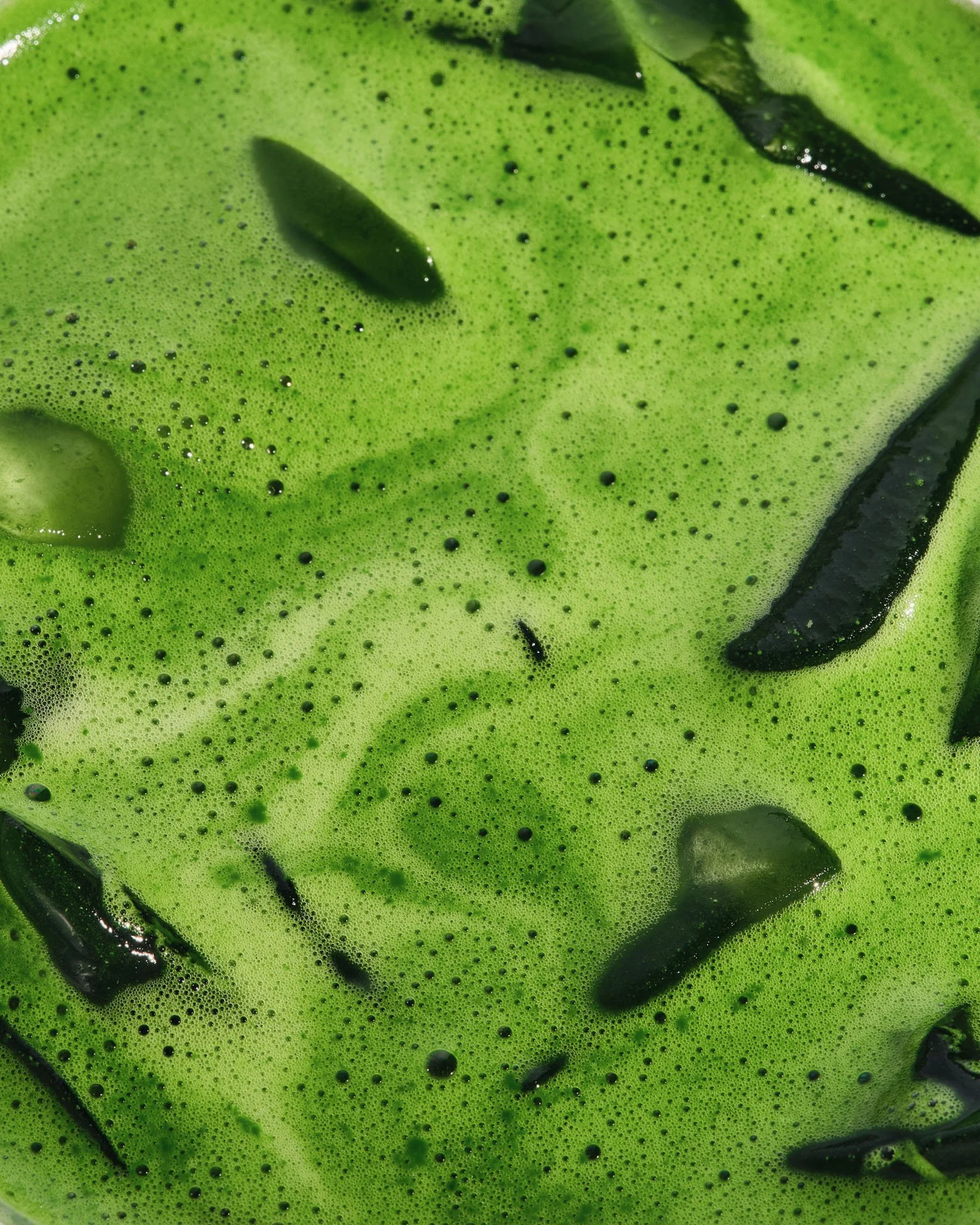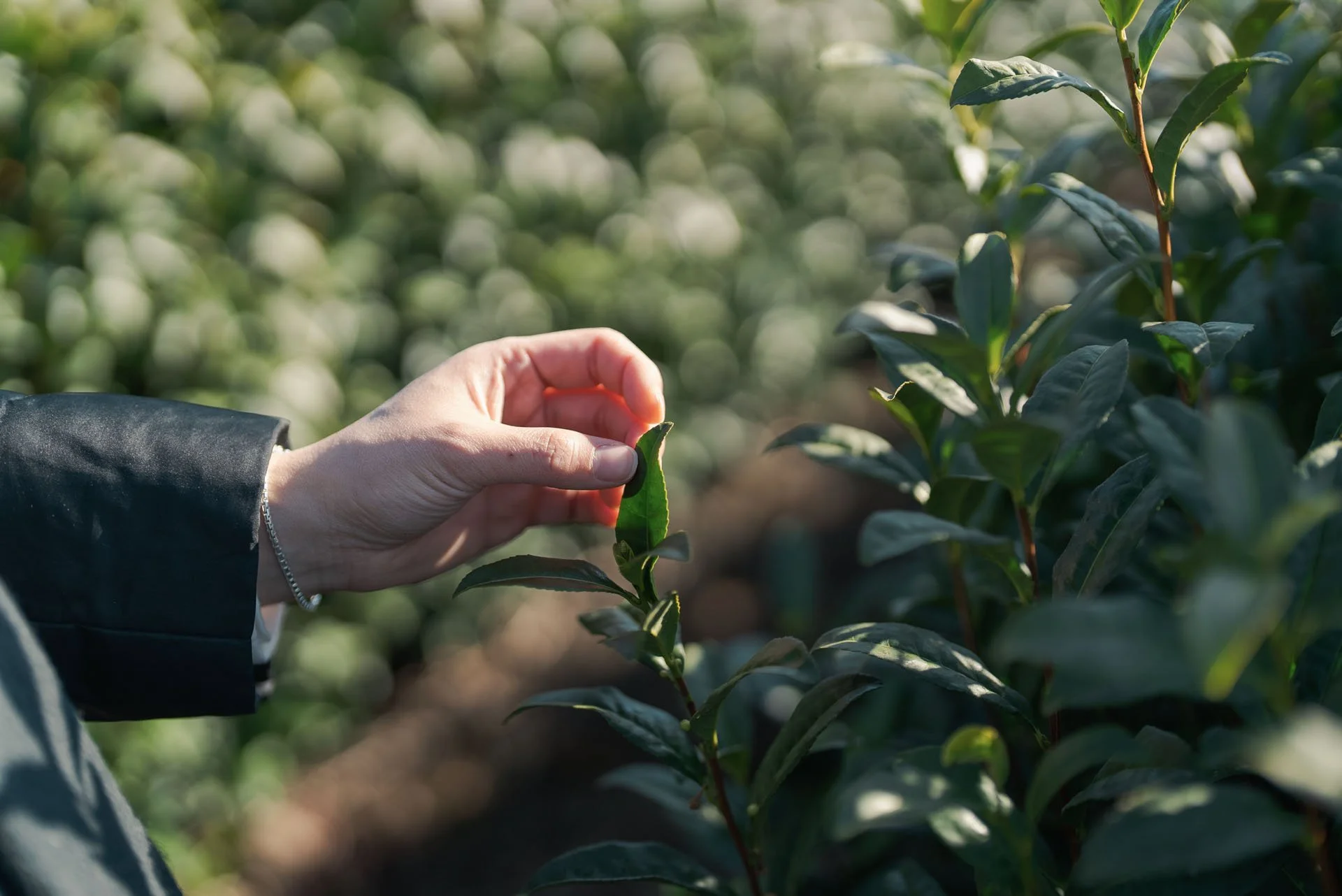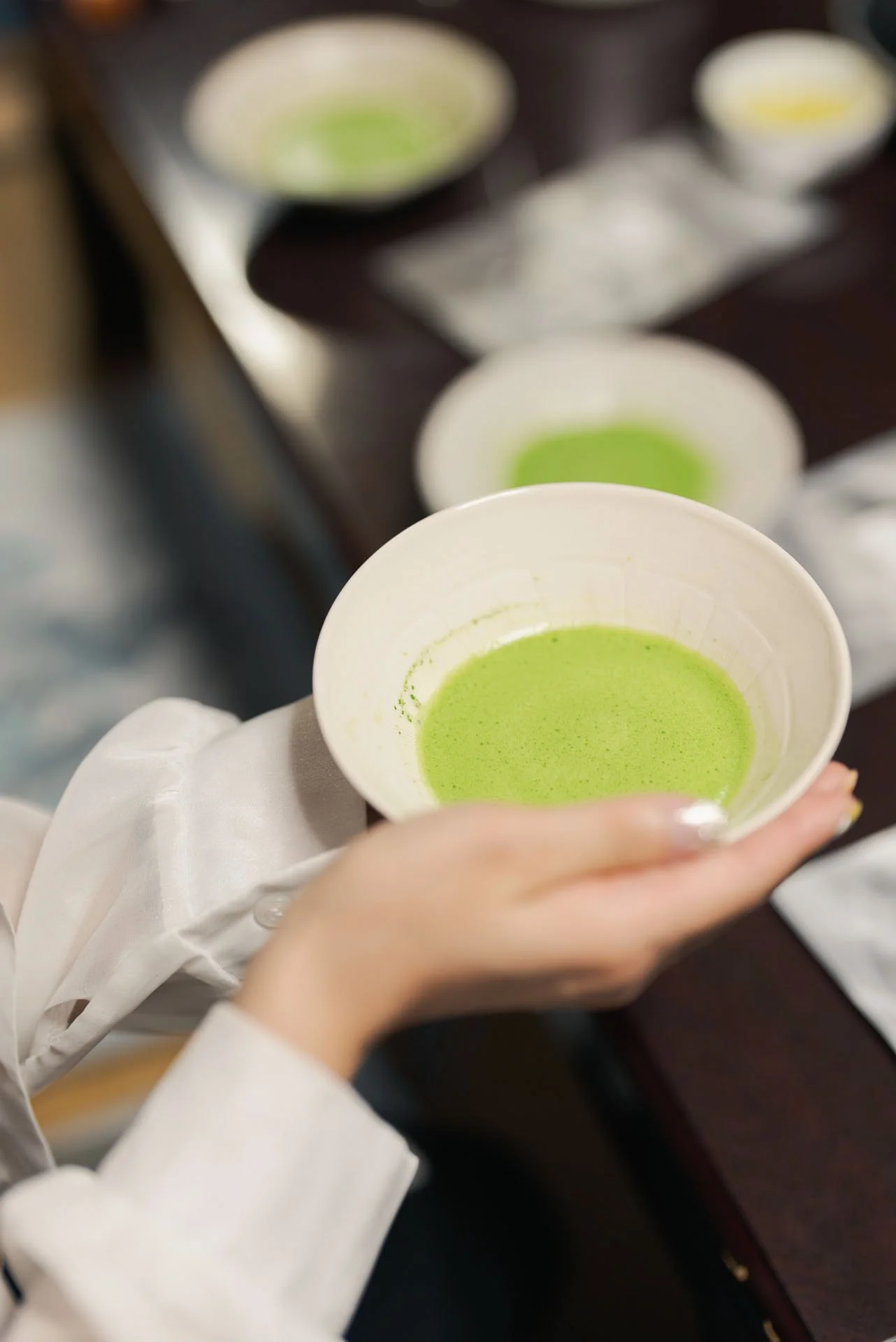Matcha Industry Report - July 2025
Matcha Industry Report is Ooika's monthly coverage of the Japanese tea industry, specifically Matcha. Join our newsletter here/a> to keep up to date.
Average Price of Tencha, the Raw Material for Uji Matcha
The first auction of “tencha”- the raw material for Uji matcha-, was held on June 9 at the JA Zen-Noh Kyoto Uji Tea Distribution Center in Joyo City, Kyoto Prefecture.
The average price per kilogram reached ¥8,235, about 1.7 times higher than the previous year, significantly surpassing the previous record high of ¥4,862 set in 2016.
This was just the average, but some lots have sold for up to 5.5X higher than the average, according to some of Ooika’s local sources in Uji.
Why the Price Increase
This sharp increase is attributed to strong demand from overseas markets, as well as the cool weather in early spring that slowed the growth of tea leaves, resulting in fewer offerings than usual.
A total of 1,678 kilograms across 22 lots were submitted by tea farmers from Kyoto Prefecture.
More than 40 tea wholesalers participated in the auction, inspecting the aroma and taste of the teas before placing their bids.
According to farmers and industry officials, this year’s record-breaking high temperatures in Japan have led to a decline in matcha production and tightened supply. Combined with surging global demand (9X increase in Japan’s green tea exports from 2008 to 2023), prices have reached an all-time high.
Focusing on Kyoto
Kyoto, which produces about one-quarter of all Tencha in Japan experienced an unprecedented heatwave last summer. As a result, yields during the harvest season from April to May this year fell significantly. Masahiro Yoshida, a sixth-generation tea farmer, reported that his matcha harvest dropped from the usual 2 tons to just 1.5 tons — a 25% decrease.
Quick Note: Tencha refers to tea leaves with stems removed and dried before being ground into matcha.
2nd Harvest Tea Prices Hit Unprecedented Highs
Across tea markets nationwide in Japan, the prices for 2nd harvest tea (Nibancha) have reached exceptionally high levels.
In Kagoshima Prefecture — Japan’s largest tea-producing region — prices have soared to about three times higher than the same period last year. In Shizuoka Prefecture, another major tea region, prices have doubled.
Kyoto Nibancha
Meanwhile, prices in Kyoto for Nibancha materials have increased by 170%. To complicate matters, some Tencha growers in Wazuka (the largest Tencha producing region in Kyoto) decided not to participate in a Nibancha harvest.
The reason for this is interesting and multifaceted. Briefly, the first harvest brought in such tremendous profit, there is little reason to participate in a second harvest. This allows their tea bushes to have a stronger, higher-quality first harvest for next season - likely worth more than the combination of this year’s first and second harvest combined.
This does create even more significant shortages for Tencha. Many companies rely on the low price and availability of Nibancha to fill up volume and reduce prices for Matcha blends.
Sencha Affected
The surge is attributed to a reduced harvest caused by weather conditions, as well as the shift of tea production toward Tencha (used for matcha) due to growing demand. All of this h has led to a drop in the volume of sencha available on the market. As a reminder, Sencha is Japan’s most common green tea.
Average Prices in Kagoshima
In the Kagoshima tea market, prices have risen since the beginning of the month.
On July 16, the average price for sencha reached ¥1,633 per kilogram — more than triple the price from the previous year.
In the Shizuoka tea market, prices have exceeded double last year's figures, reaching around ¥1,300 per kilogram.
At the JA Zen-Noh Fukuoka Tea Trading Center, prices have risen to over 1.6 times last year’s level, reaching the ¥1,600 range.
The driving factor behind the strong market is the sharp decline in the volume of Sencha listed for auction.
Average Prices of Tea
Kagoshima’s quantity of first-harvest tea (ichibancha) fell by about 10% year-on-year, and in Shizuoka, it declined by nearly 20%.
In Kagoshima, the reduced harvest due to weather conditions and the diversion of tea to Tencha production for high-demand matcha caused more tea to be distributed outside of the standard market channels.
As a result, the average price of first-harvest tea rose by 40% compared to last year, reaching an unprecedented ¥2,564 per kilogram.
High Prices, Predicted
According to the Tea Division of the JA Kagoshima Economic Federation, traders were already predicting high prices for second-harvest tea even before the first auctions, due to low inventories of lower-grade tea. Since second-harvest tea is a key ingredient for mass-market products and beverages, traders must secure a fixed volume even at high prices.
The Tea Division of the JA Shizuoka Economic Federation noted that “many traders were unable to secure enough supply from the first harvest, so demand for second-harvest tea was strong.”
There are even growing requests for third-harvest and autumn/winter teas, with expectations that “even if volumes increase, high prices will continue.”
While JA officials in major tea-producing areas are hopeful — noting that “after years of low prices, the rise in second-harvest tea prices is encouraging farmers to boost production” — some also express concern, saying “this is the highest price level in over 20 years, and we’re worried about how retail prices will be affected.”
AI Statement No AI was used in the creation of this content. All Ooika articles, content, emails and more are written and reviewed by real people.






Learn what’s happening in the world of Japanese Matcha with Ooika’s Matcha Industry Report from October 2025.